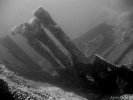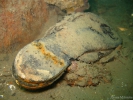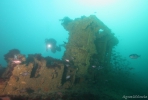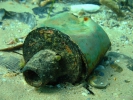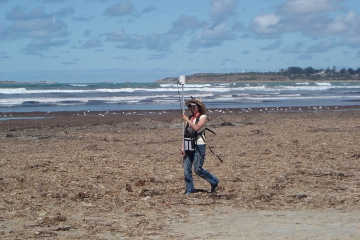Field work with Flinders University: The search for the schooner Emu. |
 |
 |
|
The 2007 Flinders Maritime Archaeology Field School was held at Victor Harbour on the Fleurieu Peninsula in South Australia. Victor Harbour and the surrounding area has been the center of early Australian and South Australian history so there was lots to survey, explore and get excited about. Re-live the exhilaration of the search for the remains of the schooner Emu, as our team completed a reconnaissance of Middleton Beach using a Geometrics magnetometer.
Today has to be put into perspective - the last three days the 'Green Machine' team has been slogging it out just to reach our survey site. The Star of Greece inconveniently wrecked 1.4km from the closest beach access, which for us meant 'death marches' dragging all our gear, including tanks and weights across the sandy beach. All worth the effort of course as it's a gorgeous little wreck, great fun to survey and with an interesting history to boot. You can tell my muscles are no longer sore and I can look at the bright side of things… at the time the team motto was 'we will forget the wreck… we won't forget the walk.' Given this, the idea of putting up our feet and taking a gentle stroll on the beach holding a magnetometer was most appealing. To some, walking backwards and forwards with a magnetometer in hand might seem a tad on the boring side - not so the green team - we had a fabulous time! Bit of sunshine, blue skies, a beautiful beach and most importantly nothing too heavy to carry… Who could ask for more? But it's not all beer and skittles. First, I had a mag slapped onto my chest, then a pole with the mag head shoved into my hand and finally a GPS was attached to my head! I was officially geek girl and looking like a goose (and secretly enjoying every minute!). If nothing else, we certainly attracted the attention of the locals and the beach goers.
|

